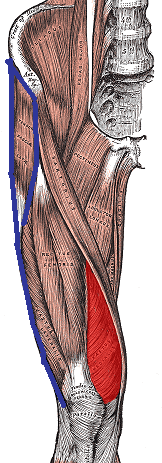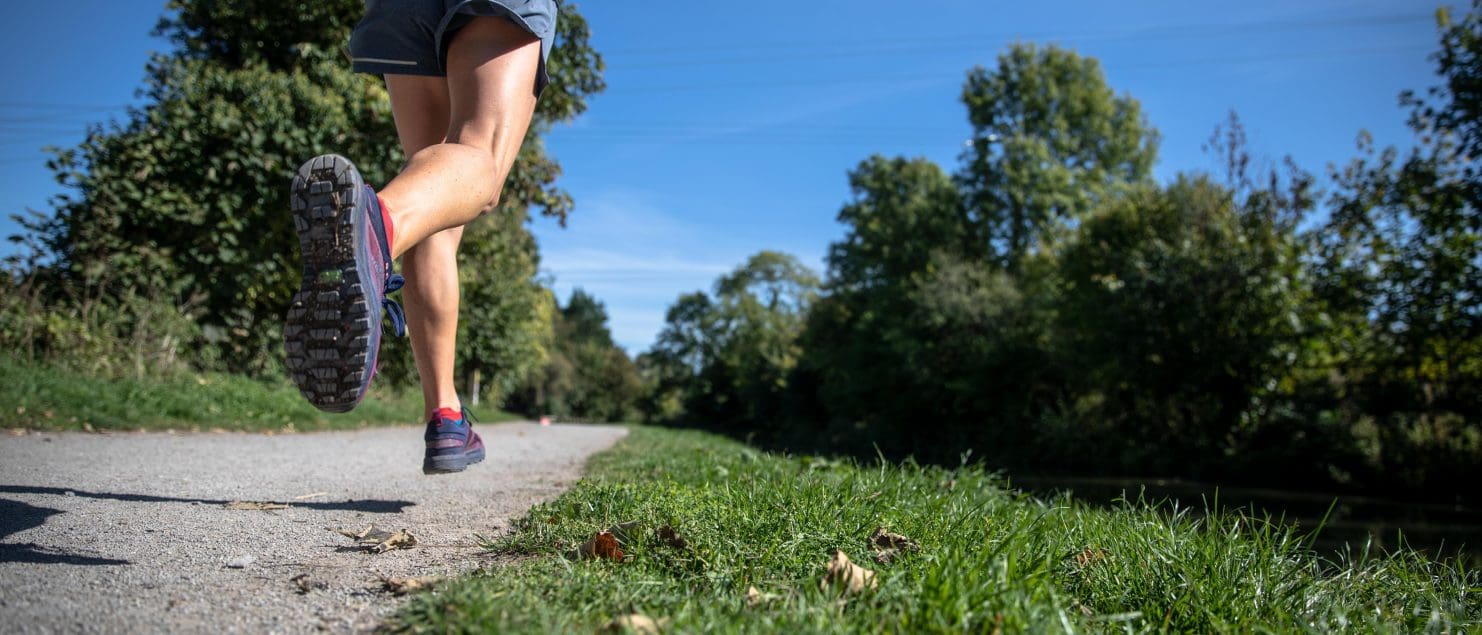Knee Pain and Muscular Imbalance
 Knee pain and muscular imbalance are some of the most common problems encountered by runners and cyclists. Initially, most people, quite reasonably, are concerned they have injured themselves, tearing the infamous ACL (anterior cruciate ligament) or MCL (medial collateral ligament). Frequently, however, knee pain (particularly in runners and cyclists) is the result of long established imbalances between certain muscle groups. With these imbalances altering the mechanics of the lower limb, abnormal stresses are placed on the tissues. If the body is then asked to work harder than it is used to, inflammation and pain can result. Often, this pain can be surprisingly severe, leading one to wonder whether something serious is going on. Nonetheless, treatment to restore normal function to the limb, followed by therapeutic exercise, can bring quick resolution.
Knee pain and muscular imbalance are some of the most common problems encountered by runners and cyclists. Initially, most people, quite reasonably, are concerned they have injured themselves, tearing the infamous ACL (anterior cruciate ligament) or MCL (medial collateral ligament). Frequently, however, knee pain (particularly in runners and cyclists) is the result of long established imbalances between certain muscle groups. With these imbalances altering the mechanics of the lower limb, abnormal stresses are placed on the tissues. If the body is then asked to work harder than it is used to, inflammation and pain can result. Often, this pain can be surprisingly severe, leading one to wonder whether something serious is going on. Nonetheless, treatment to restore normal function to the limb, followed by therapeutic exercise, can bring quick resolution.
Non-surgical knee pain revolves around three structures. Two are muscles, a portion of the quadriceps (big muscles on the front of the thigh) called the vastus medialis (highlighted in red), and a little muscle the size of a finger which runs across the back of the knee, called popliteus. The third structure is a broad sheet of connective tissue running from the hip to the knee, called the iliotibial band, or ITB (outlined in blue below). From a couple of causes (frequent sitting, and narrow repetitive movemente, most commonly), the ITB tends to shorten, and the vastus medialis tends to shut off. Together, this muscle imbalance alters the function of popliteus, whose job is unlocking the knee after each step.
Changes in these three structures can have a couple of effects. First, in a repetitive activity like running or cycling, the now-tight ITB can become inflamed by friction. This is usually labeled an iliotibial band syndrome. Second, the kneecap may begin to track towards the outside of the knee, irritating the underlying cartilage. This is usually labeled a patellofemoral pain syndrome (PFPS). In many cases, I have seen this manifest as a severe pain directly behind the knee that comes about a mile into a run. Third, both problems can be present (and usually are).
So if you have these problems, what can you do about it? You may think you can stretch your way out of it; unfortunately, the muscle imbalances usually throw off the mechanics of the joints in the low back, pelvis, and leg, which then feed-back into the nervous system, distorting muscle recruitment patterns. Furthermore, it is very difficult to effectively target the tight muscles with stretching, because as they shorten the fibers become glued together, in what are know as fascial adhesions, a form of scar tissue.
The best treatment for this is known as Active Release Technique (ART). ART is a soft tissue diagnosis and treatment system which breaks up the adhesions by having the patient actively lengthen the muscle, while the practitioner uses their hands to trap the muscle in a shortened position. The process is sometimes uncomfortable, but the process also reinforces normal movement patterns, neurologically reducing the muscular imbalances. Finally, chiropractic adjustments are applied to the pelvis, leg, or low back, allowing the joints move freely within their normal range of motion.

